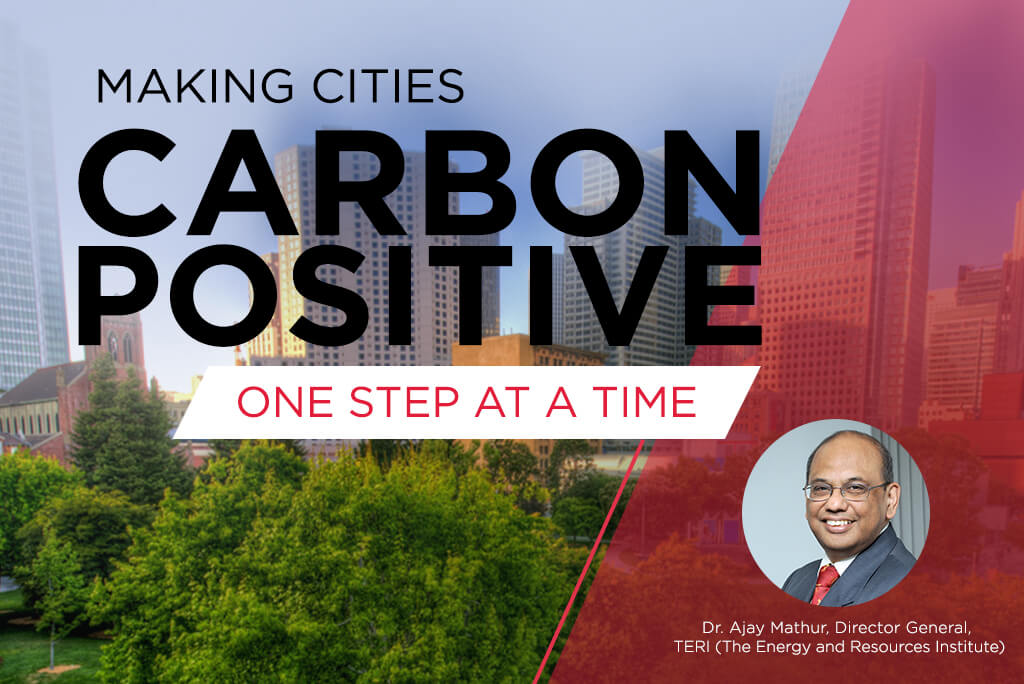Blog

Making cities carbon positive, one step at a time
The world over, cities have announced plans to reduce their carbon footprint. How can sustainable urban development contribute to these goals?
It is important to know what causes carbon footprint in urban spaces, in order to find solutions for them.
The largest carbon footprint in urban areas is caused by:
- The increasing use of electricity for air conditioning
- The increasing use of fuel for transport
Fortunately, there's a lot that can be done in these two areas.
In the air conditioning area, we have seen increasingly more energy efficient air conditioners enter the market and thus reduce the amount of carbon for each ton of cooling that we achieve. At the same time, designing buildings to reduce heat again also reduces the amount of air conditioning that we need. Installation of energy efficient windows and external shading are some of the design features that can be that can reduce air conditioning needs.
When it comes to transport, we need to think how we can motivate people to walk more or to cycle more often. City infrastructure which is designed to facilitate walking, cycling and public transport would help, as would urban design that enables offices and homes to be located closer to each other.
These interventions help a city reduce its carbon footprint. Interestingly, they are intricately linked to how the city is designed in the first place.
- Dr. Ajay Mathur, Director General, TERI



